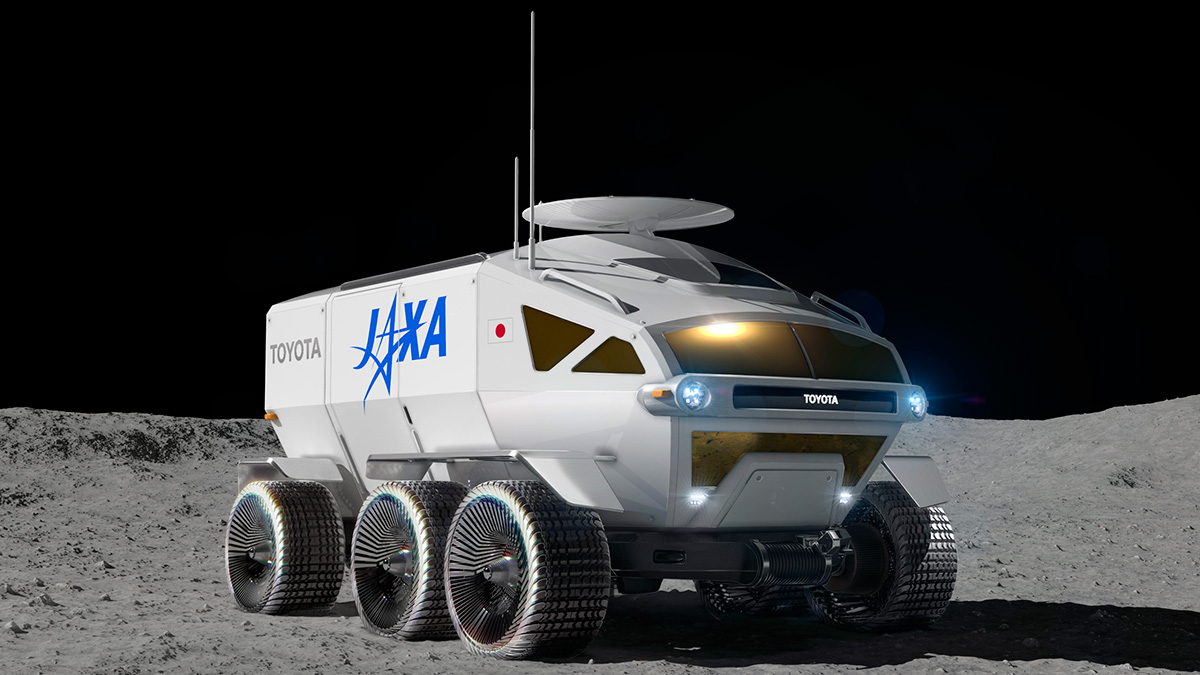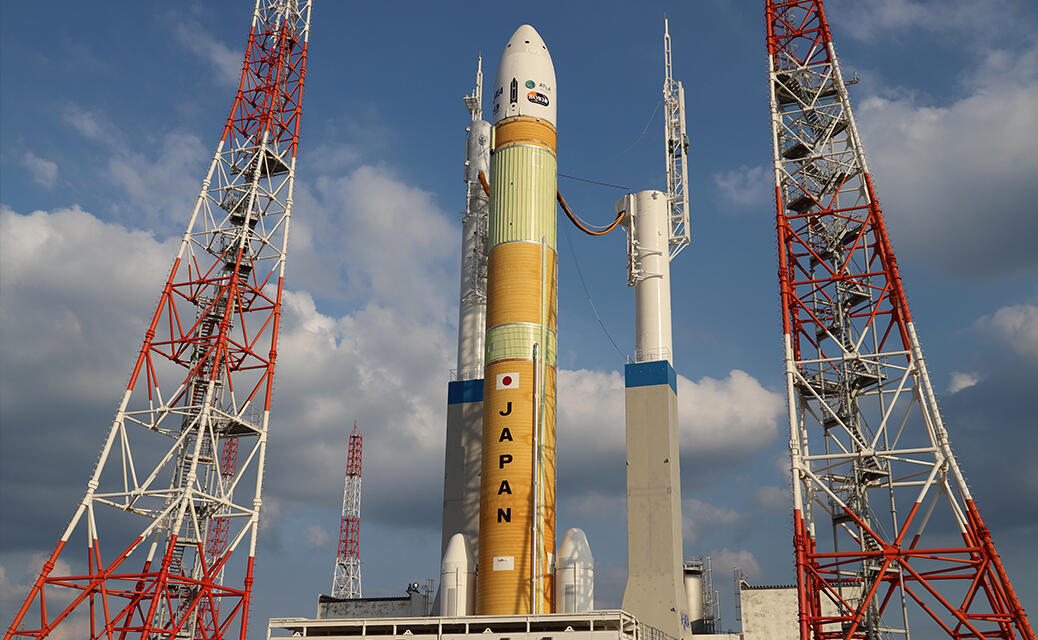GOSAT – Greenhouse Gas Observing Satellite (Ibuki)
Air pollution-CO2 mitigation
Monitoring and tracking greenhouse gas emissions globally.
Contact

Japan Aerospace Exploration Agency
Company Established Year
Who is this solution for
Info
Available

Project Status
Looking to expand internationally
Doing business in
Awards
GOSAT Launch
World’s first satellite for global greenhouse gas monitoring.
NRDA Status
Became National Research and Development Agency to lead innovation.
CEOS Chairmanship
Led global satellite coordination for climate and disaster response.
Product description
GOSAT – Greenhouse Gas Observing Satellite (Ibuki) is a groundbreaking solution that revolutionizes the monitoring and tracking of greenhouse gas emissions on a global scale. Launched in January 2009, GOSAT, also known as Ibuki, is the world’s first satellite dedicated to greenhouse gas monitoring. It utilizes advanced infrared Fourier transform spectrometry to measure CO₂ and CH₄ concentrations across Earth’s atmosphere with exceptional precision.
With over 56,000 locations covered, GOSAT provides high-resolution, global data that offers daily, consistent measurements of greenhouse gas concentrations. This data is instrumental in identifying emissions sources and sinks, including industrial areas, forests, and oceans. The information gathered by GOSAT is utilized by Japan’s Ministry of the Environment, National Institute for Environmental Studies, NASA, and other international partners to support climate modeling, policy-making, and emissions verification protocols.
GOSAT’s continuous operation over the years has been crucial in climate monitoring efforts and has played a significant role in informing sustainable environmental strategies. The upcoming successor, GOSAT‑GW, set to be launched in 2025, will further enhance capabilities by providing higher resolution and broader coverage of greenhouse gases. By converting invisible emissions into actionable data, GOSAT is a key player in global initiatives aimed at managing climate change and promoting environmental resilience.
Key characteristics and environmental benefits
- Precise Monitoring: GOSAT offers accurate and detailed measurements of CO₂ and CH₄ concentrations globally.
- Data Accessibility: Provides high-resolution data from over 56,000 locations, aiding in emissions tracking and analysis.
- International Collaboration: Used by various organizations and countries for climate modeling, policy-making, and emissions verification.
- Long-Term Impact: Supports decades-long climate monitoring efforts and informs sustainable environmental strategies.
- Future Enhancements: GOSAT‑GW, the successor, will extend capabilities with higher resolution and broader greenhouse gas coverage.
About the Company
Ask about GOSAT – Greenhouse Gas Observing Satellite (Ibuki)
Hi there! I’m here to help you quickly understand what this green solution is about — without needing to read the full page.
You can ask me things like:
- What problem does it solve?
- How does it help the environment?
- What makes it different?
Let’s explore together!
You can try asking:
Oops, it seems like you're not a member.
Sign up! It's free. You'll be able to read all the articles you like, download PDFs, and get in contact with the respective owners.
Have an account already? Sign in here


